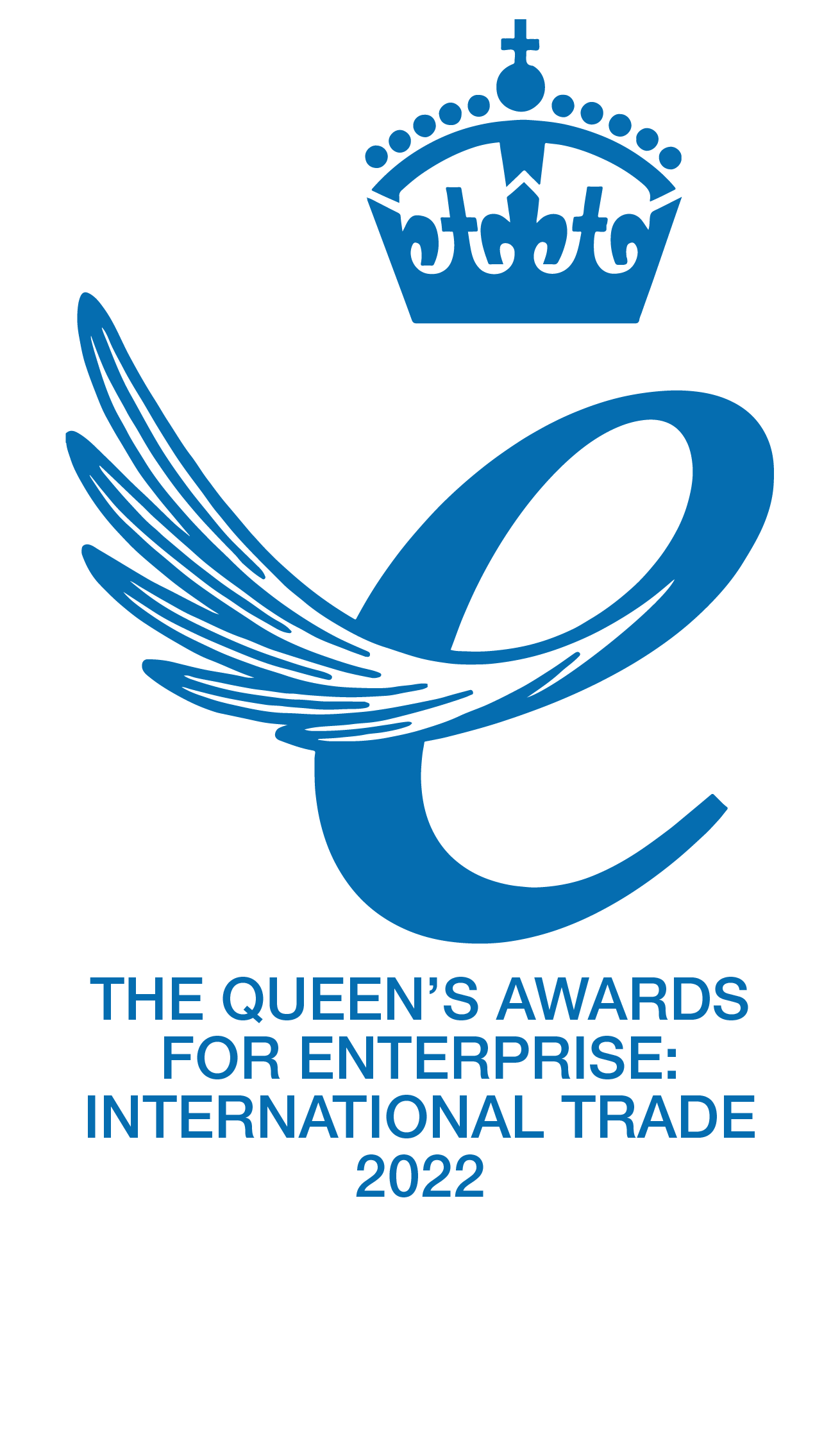As outlined by Professor Sir Christopher Whitty, KCB FRCP FFPH FMedSci, Chief Medical Officer for England, and Chief Medical Advisor to the UK Government, investing in building ventilation will play a key role in helping the country recover from the Covid-19 pandemic, and prepare for future health emergencies.
Highlighting the “extraordinary importance of improving the ventilation of workplaces – not just for COVID, but also for many other respiratory infections,” Sir Christopher continued, in a recent speech to business leaders at the Confederation of British Industry (CBI), that “if we invest in [building ventilation] now, we’ll help the aftermath of COVID, but also cut down on things like flu outbreaks”.
This view is supported by Professor Catherine Noakes OBE, who sits on the UK Scientific Advisory Group for Emergencies (SAGE) who argued that “if we do invest as a nation [in ventilation], there’s a potential big win.”
COVID-19 is essentially an indoor air crisis. Whilst vaccinations are a crucially important tactical response, they must be complemented by longer term strategies. To ensure Human Air Hygiene, every public building must have a Ventilation Strategy.
In its most basic form, the challenge of building ventilation centres around increasing the number of air changes per hour, so that infected aerosols are continuously removed as they are being generated by those who are infected. Practically, this is achieved by having more fans pushing through more air through finer filters.
However, the integrity of air filtration, and or air purification, can only reasonably be assured if all unwanted air infiltration through gaps, is blocked. Air flow measurement devices that allow for frequent and regular detection, location and quantification of unwanted air leaks are therefore integral to the success of building ventilation strategies.
This is especially important in hospitals to solve the problem of infection spread. Currently, positive and negative pressurisation systems are used across Hospital Wards, Isolation Rooms, Central Sterile Services Departments, Operation Theatres and Clean Rooms to control infection.
These systems require rooms with a suitable level of air permeability in order to operate effectively. If the external fabric of the room or ward is too permeable to airflows, pressurisation will not be consistently achieved. Likewise, if a room is completely airtight, with no controlled ventilation, pressurisation is impossible.
How Does Ultrasonic Leak Detection Work?
Ultrasonic leak detection takes advantage of the fundamental characteristics and properties of sound waves to identify and precisely locate air leaks in any structure. It makes use of the reflection and absorption of sound waves when incident on a boundary between a solid structure and the air adjacent to it.
Ultrasonic leak detectors are comprised of two main components: an ultrasound generator, and a receiver unit. The generator is placed on one side of a structure and switched on, filling the room or compartment with ultrasound. The receiver is then deployed on the other side of the structure to scan the structure for leaks.
When no leak is present, the ultrasound is reflected or absorbed by the structure and so no ultrasound is detected by the receiver. In contrast, when the receiver wand is pointed towards a leak, ultrasound is detected, as it is able to propagate through the leak path in the structure. The precise location of the leak site can be determined by identifying the point in the seal with the maximum readings. Furthermore, the reflection and diffraction of the sound wave as it passes through the leak are affected by the size and shape of the leak, so information about these properties can be interpreted by the receiver.
The Portascanner® COVID-19: A Flow Meter for Air
After nearly 35 years of ultrasonic expertise, and a leading scientific understanding of leak sites, Coltraco Ultrasonics was given a COVID-19 Emergency Response Grant by the UK Government to design the Portascanner® COVID19, with our technology plan subsequently being assessed as “outstanding”.
The Portascanner® COVID-19 is the only air flow measuring device in the world able to locate leak sites, quantify the leak size, calculate the air flow rate through them, and generate an air permeability value to be compared against the required value, all achieved in one handheld, intuitive touchscreen tablet.
By controlling the minimum level of air leakage in healthcare settings, pressurisation systems can be ensured as working effectively to prevent infection spread. However reliable and sophisticated existing air pressure monitoring devices may be, they do not detect, locate, or quantify air leaks, either in the external envelope of a building or within the internal partitions.
It is critical to detect, locate, and quantify air leaks, to minimise transport of airborne infectious disease droplet nuclei over greater distances within hospitals by environmental air flows and people moving within a building, especially to prevent unexpected viral exposures escaping from isolation wards, during the ongoing COVID-19 pandemic. Hospital-acquired COVID19 infection remains a significant health risk, with more than 1 in 10 people in hospital with Covid-19 having caught the virus while they were there.
It is for this reasons that, in the UK, testing for air tightness in hospital isolation wards is recommended at intervals of not less than 14 months, and every time after the completion of any works. However, full occupancy of many of these isolation wards over the past two years has made this difficult. In addition, existing air flow measurement devices are disruptive, costly, and often do not allow operators to identify specific leak locations.
The Portascanner® COVID-19 is unique in that it enables for the quick, reliable, and non- invasive ultrasonic leak detection, location, and quantification. As a hand-held instrument, that with minimal training and no medical certification can be deployed regularly with patients and staff in situ, as well as third party maintenance teams, the Portascanner® COVID-19 facilitates air flow measuring even when isolation wards are at full capacity.
In addition, the Portascanner® COVID-19 allows the user to:
- Identify and quantify leak sites to help in achieving adequate airtightness for pressurised rooms, without needing the room to be pressurised beforehand
- Understand the size of a leak (cross-sectional area) and air flowrate through it, relating each leak to air permeability requirements for compliance to healthcare standards
- Know where leaks are and their significance – avoid having to seal every opening in the room which can be time-consuming, disruptive, and cumbersome
- Improve the efficiency and quality of airtight room maintenance – locate leaks, accurately predict the leak site size and its significance, seal the leaks that matter
- Provide evidence of your maintenance programme – locate, quantify, and record leaks as well as photograph and export a test report all in one hand-held instrument
- Fully assess a room or ward prior to the installation of FPE (Fan Pressurisation Equipment) meaning considerable resource may be saved by significantly reducing the risk of installing FPE in an unsuitable room
Furthermore, the Portascanner® COVID-19 includes the following, customer-oriented features:
- The ability to switch between ‘quick test’ and ‘full test’ modes, the former for quickly locating leaks and creating a record of their locations, and the latter for quantifying them
- Different power settings for the generator and gain settings for the receiver to allow accurate testing regardless of the size and shape of the room
- The ability to filter records by date or location in order to export the desired records via USB
- Photographs and records are all easily transferable to other systems via USB
As highlighted by Professor Sir Christopher Whitty, and supported by Professor Catherine Noakes, adequate ventilation and filtration systems are the long-term strategic answer in the fight against the COVID-19 pandemic, and other airborne respiratory infections.
Ensuring proper ventilation with the assistance of the Portascanner® COVID-19 is a key initial step to establishing a safe environment for staff and employees, as well as safeguarding the basic human right, a continuous and assured access to pure fresh air, in all public buildings. Patients, staff, and society alike will be the better for it.






